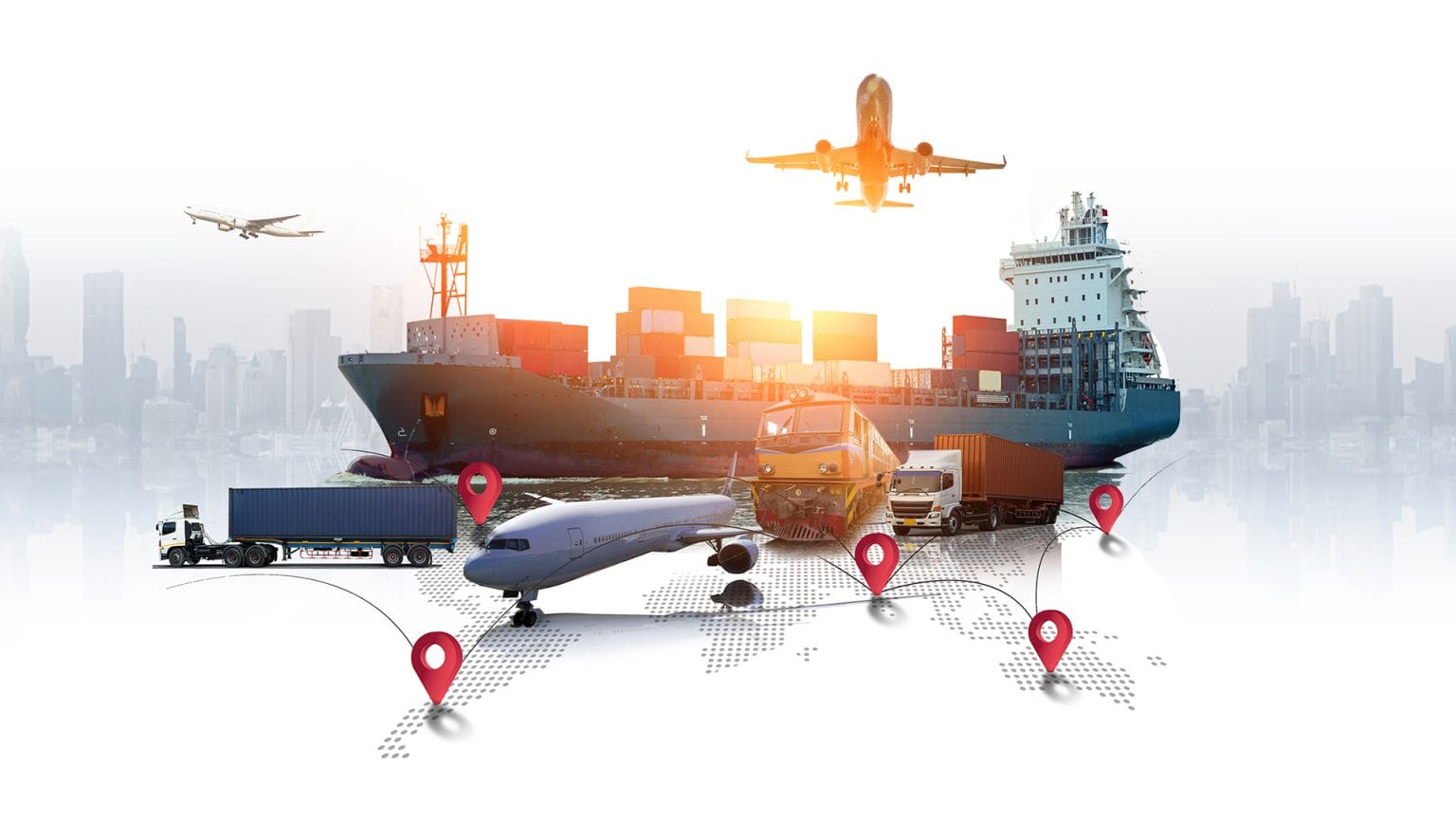PartnerLinQ: The Modern Approach to Retail
Modernizing the Retail industry through PartnerLinQ
Introduction
No-one could have imagined how our way of life would be transformed by the summer of 2020. Changes in our daily lives, changes in our needs, wants, and desires have impacted individuals and businesses alike as we continue to struggle with the vagaries of life and the ‘new normal’.
The world is still unfolding and evolving. With the arrival of every new season, business reacts to a landscape marked by turbulence and turbidity, clouding our vision of the future or at least how we envisioned it. All the while, technological innovation continues as digital interventions work out difficulties of the new normal and hold the key to connecting and enabling disrupted supply chains, displaced societies, interrupted markets, and businesses trying to survive and thrive.
Challenges to the Retail Supply Chain
While all industries have, and many are still struggling with the effects of this past year and a half, some clearly bore a bigger brunt than the others. In case of retail, grappling with ‘change’ has been a challenge for most retail establishments over the last couple of decades. The severe impact on their supply chains in 2020-21 has accelerated its growing need for transformation like never before.
The beginning of the pandemic saw people rushing to the stores to stock up on all varieties of items. The surge in demand, however short-lived, brought new volatility and the closing of factories and assembly plants the world over has added layers of stress to an already stressed system.
While large swathes of the population went in and out of quarantine, the retail supply chain overall was damaged by a drastic fall in the availability of products used for everyday life. The spikes in demand this spring and the subsequent turmoil were exacerbated by supply disruptions on one hand and the prolific growth of e-commerce on the other. As borders closed and equipment were redirected, shippers and carriers struggled to get raw materials to the factories and distribute finished goods across the supplier value chain.
Consumers too were sceptical about venturing out to a store, with many taking online purchasing seriously for the very first time; by some estimates, e-commerce achieved its next decade’s forecasted growth in just six months. Even after brick-and-mortar shops were back in operation, e-commerce retained its newly broadened share of retail sales.
The New Consumer Market
The digital experience has impacted all our lives over the last 18 months. As human beings, the way we communicate, teach, shop, pay, learn, and entertain ourselves have all taken a digital turn on what we used to call the information superhighway. We have also taken more kindly to merchants and businesses that changed their modes of operation quickly and reacted to this new sort of normal.
These ready-to-engage-and-win establishments came up with creative and innovative ideas to address our needs and kept our lives moving forward, not to mention our sanity. As consumers, we now seem to expect all businesses to understand our immediate requirements, adapt accordingly, and provide an experience that has a long lasting and positive impact on our daily lives.
Adopting Digital Supply Chain Solutions to Address Challenges
Events like 2020-21 do not always have easily available solutions; more importantly, the same set of solutions often cannot be repurposed or retooled to address every crisis or every business, and certainly not as quickly as was necessary in the past year or so. Often, when businesses set out on a new market such as this, they are at a loss trying to determine where to begin and for some retailers, the crisis was an inflection point that allowed them to reassess their entire business processes.
A majority of business leaders agree that the most effective approach is to start by developing a deep understanding of the technology you possess and then working out how such technology can be best utilized to address your immediate needs. While early digital adopters can focus more on accelerating their transformation initiatives, they may need to add some additional capabilities to an already robust order management system or quickly enable services like buy-online-pickup-in-store (BOPIS) and ship-from-store.
On the other hand, organizations that have delayed their digitalization or modernization efforts are now caught in the cross-hairs of unalterable market forces. In addition to a lack of online presence, consumer-facing retailers are facing completely new logistical challenges to facilitate curb-side pickup and consumer delivery. Now, they have to prepare for an environment where a significant percentage of their sales will be forever altered and come from online sources and much more quickly than ever envisaged in any digitalization or modernization discussion.
Keeping Up with Demand
Big change takes time and with stores getting shuttered and with customers rapidly turning to e-commerce for day-to-day requirements, time is something most retailers and suppliers to retail do not have. Brick-and-mortar establishments are realizing that an online presence is imperative for survival and effective consumer models are what retail suppliers call necessary in the new marketplace
Where deploying an online store would take a few months under normal circumstances, the new ‘normal’ has sped up that requirement. Many a retail technologist has been pleasantly surprised by how quickly they could cut through the red tape to facilitate technology that supported new order fulfilment models. Business teams are welcoming collaboration with their technology counterparts to arrive at a holistic strategic approach for the entire organization.
While early and rapid implementations may not always be perfect, engaged technology partners can get off the blocks in weeks. Once the stores ‘re-open’, organizations can begin migrating back to further optimize and enhance their online capabilities, while keeping their businesses running. This is where having a strategic technology partner like PartnerLinQ can help immensely.
Unified Supply Chain Solution to Increase Visibility and Drive Alternative Processes
While the pandemic is abating and relinquishing control in many parts of the world, organizations are beginning to blend their learnings from the past with their available capabilities and newly discovered potentials. They will need to be fit for future growth, and be more resilient to subsequent and wide-scale operational risks. Achieving balance will require scaling value chain visibility, risk awareness, and scenario planning.
Today’s landscape demands a deeper understanding of supplier vulnerabilities and enhanced automated workflows. While ordinary supply chain tools provide visibility, driving an alternative supply chain requires much more, including insight into the sales processes and increased visibility into every component of the value chain. Achieving all of this can be a long and arduous journey; but it can be made easier if you have the right set of tools at your disposal.
PartnerLinQ for Resilience, Insights and Visibility
PartnerLinQ’s supply chain connectivity solution connects your business with your value chain – providing complete visibility into capacity constraints across your first-, second- and third-tier suppliers. Its unified platform supports EDI, real-time APIs, and proprietary file-based formats, allowing seamless integration with e-commerce platforms, digital marketplaces, and your value chain.
PartnerLinQ connects directly with your CRM, ERP, MRP, WMS, and TMS systems, as well as your social channels. The PartnerLinQ platform uses intelligent field-mapping techniques to automatically reconcile your business partners’ data formats to your own; this dramatically reduces onboarding times and leading to improved efficiency with instant benefits and direct B2B communication.
PartnerLinQ’s ‘integration without complication’ facilitates value chain integration and connections with hundreds of supply chain partners, while ensuring a single point of management for your team. It packs enhanced analytical reporting capabilities powered by Microsoft Azure’s serverless, scalable event-processing engine at no extra costs.
Hosted on the Microsoft Azure platform, this unified supply chain solution enables API-led, cloud native integrations, simplified B2B communication, and real-time APIs. PartnerLinQ includes the tools that modern retail organizations can rely on now to build their digital partner ecosystem, achieve high levels of operational efficiency, and gain real-time visibility, to be ready to take on tomorrow’s business challenges.





